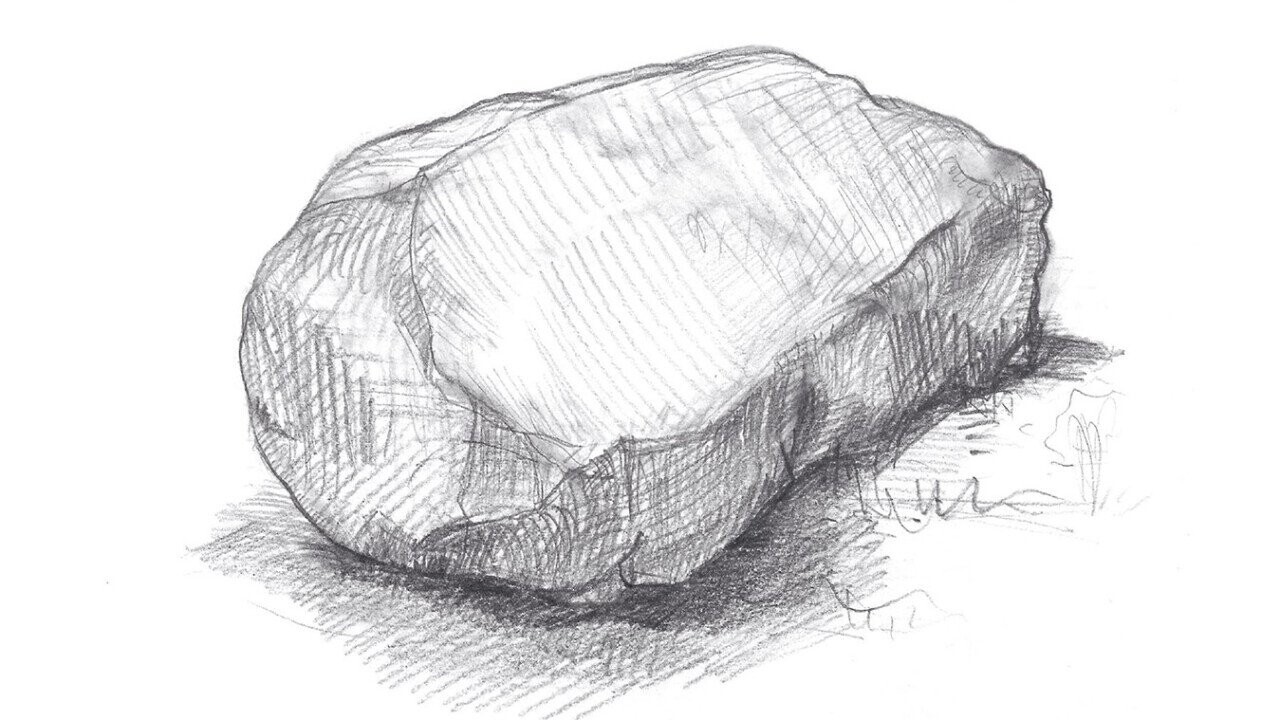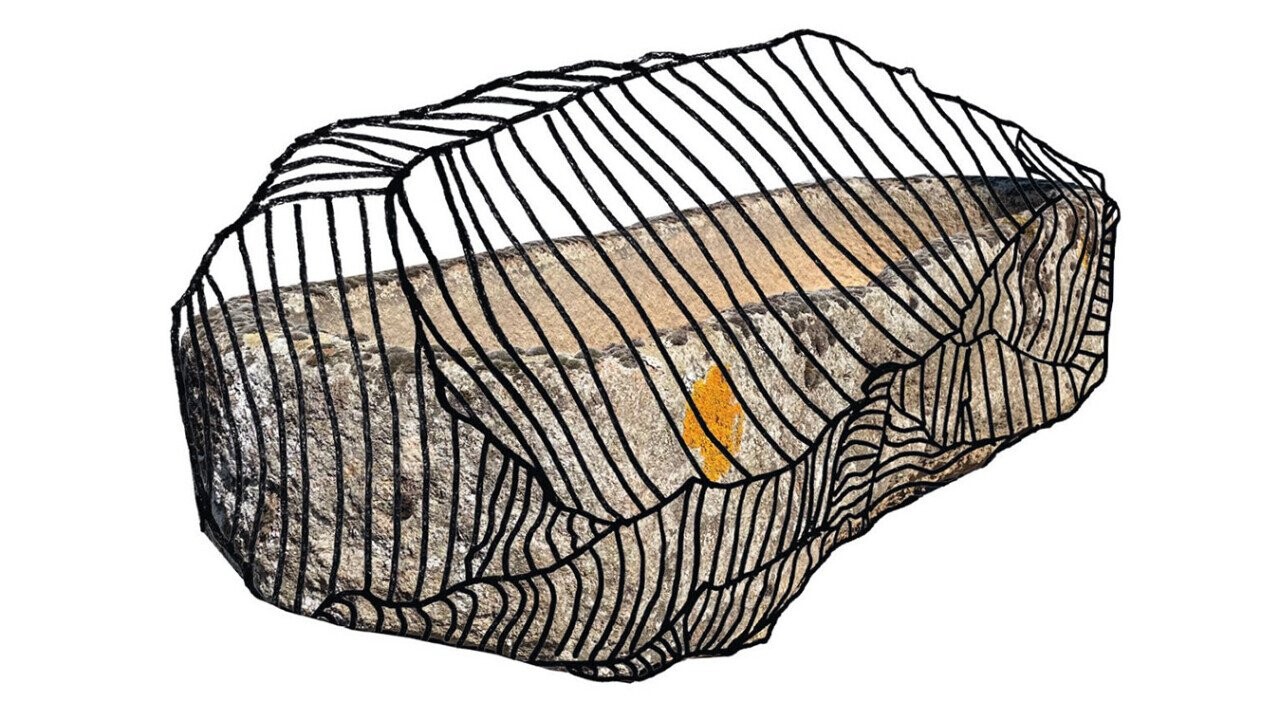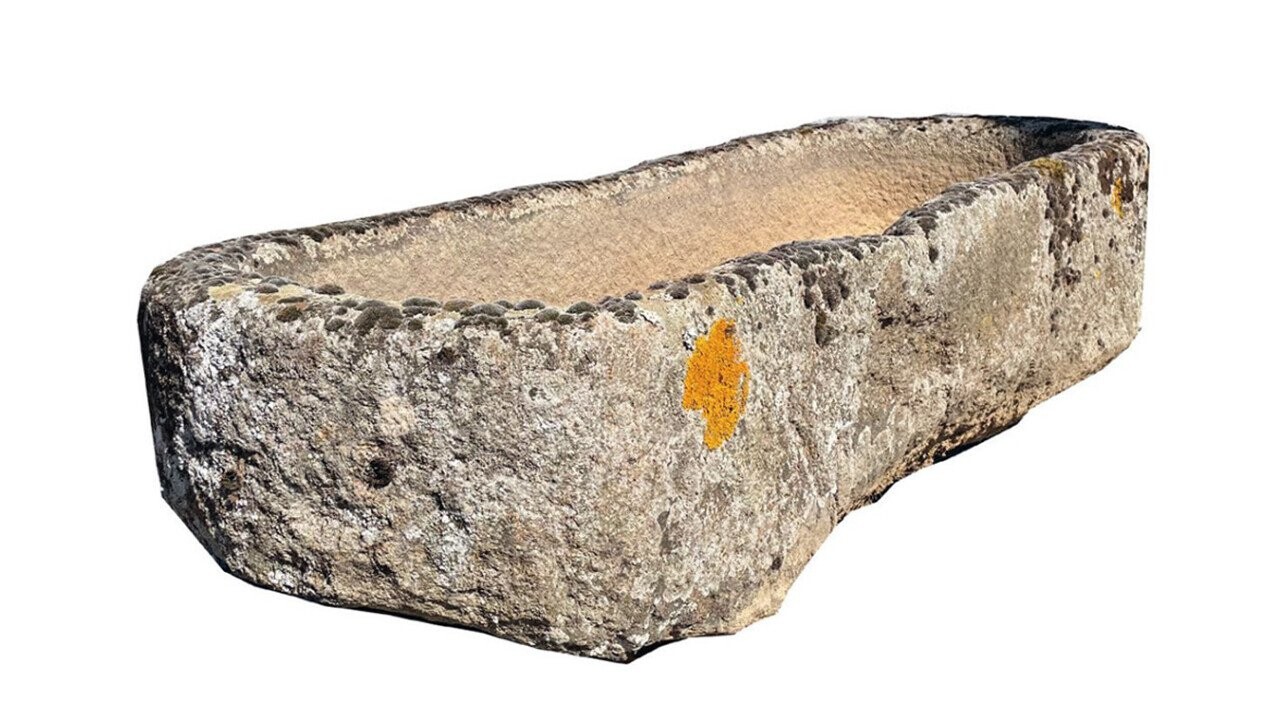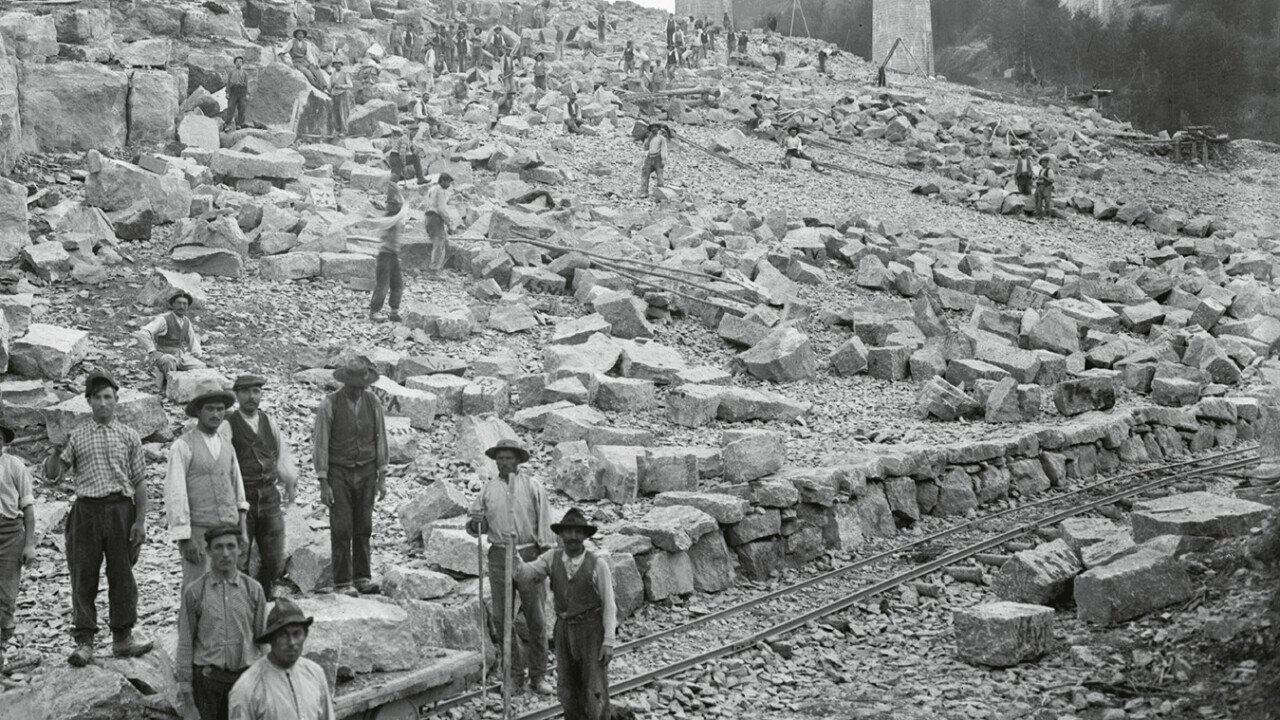Fountains, Troughs and Vessels
Again and again people ask us, where is this fountain from? In the case of troughs, we can often answer this question only to a certain extent. The rustic basins, which are available in very different sizes, were main- ly used in cellars and storage pits.
They can be dated from the 16th to the early 19th century. So they are between 200–400 years old. This time horizon is determined by the buildings from which they come. The material, process and shape also allow some conclusions about the use and craftsmanship. The misshapen outter bottom, for example, is an interesting clue that puzzles the patient observer of granite fountains. Why is it not straight as we are accustomed to? The drawing in this chapter reveals the reason. A good 300 years ago, such vessels were produced not far from their destination. Transport routes were very limited, which is why for a trough of this scale, the closest possible rock was used.
Granite is a solidifying rock, resistant to abrasion and therefore particularly suitable for intensive use, but also costly to produce. Such stone chunks/boulders lying around were employed for intensive usage. The demanding work of making a trough from this hard rock was often done by migrant workers. It goes without saying that such a worker could neither read nor write. Also, today’s everyday distractions through media and consumption were foreign to him. His perception and concentration was almost exclusively directed to this simple stone carving work. And when you look at this work today, you can still feel the energy that was at play. For weeks, the talented craftsman struggled ahead millimeter by millimeter. It took incredible stamina and will to carry out this monotonous work.
And yet: the proportions and curves are consistently beautiful and lovingly designed. Even if the worker had no artistic ambition, this original aspiration is palpable in it. One did not simply produce a useful object, it was always beautiful to look at as well. The outter bottom did not matter, because the fountain was slightly embedded in the ground. Thus one spared oneself this workmanship. The size and shape of the boulder can still be estimated on the basis of this irregular bottom line. These granite basins were often used for wintering cabbage and other vegetables in sand, for pickling meat or for preserving liquids. There are regions where many fountains and vessels were made almost exclusively from sedimentary rock. This is often much softer and easier to work with. The bottom is usually cut straight, the patina is much more pronounced, because shell limestone, for example, offers an ideal environment for small organisms. A variety of lichens and small moss beds can be found on the rock. Often, however, these fountains can only be used again today after coating the interior, as the stone has been weakened over centuries of use. Sometimes they were water-permeable from the begin-
ning, since they were not used for liquids.
Take a close look at your fountain, you will discover much more.





